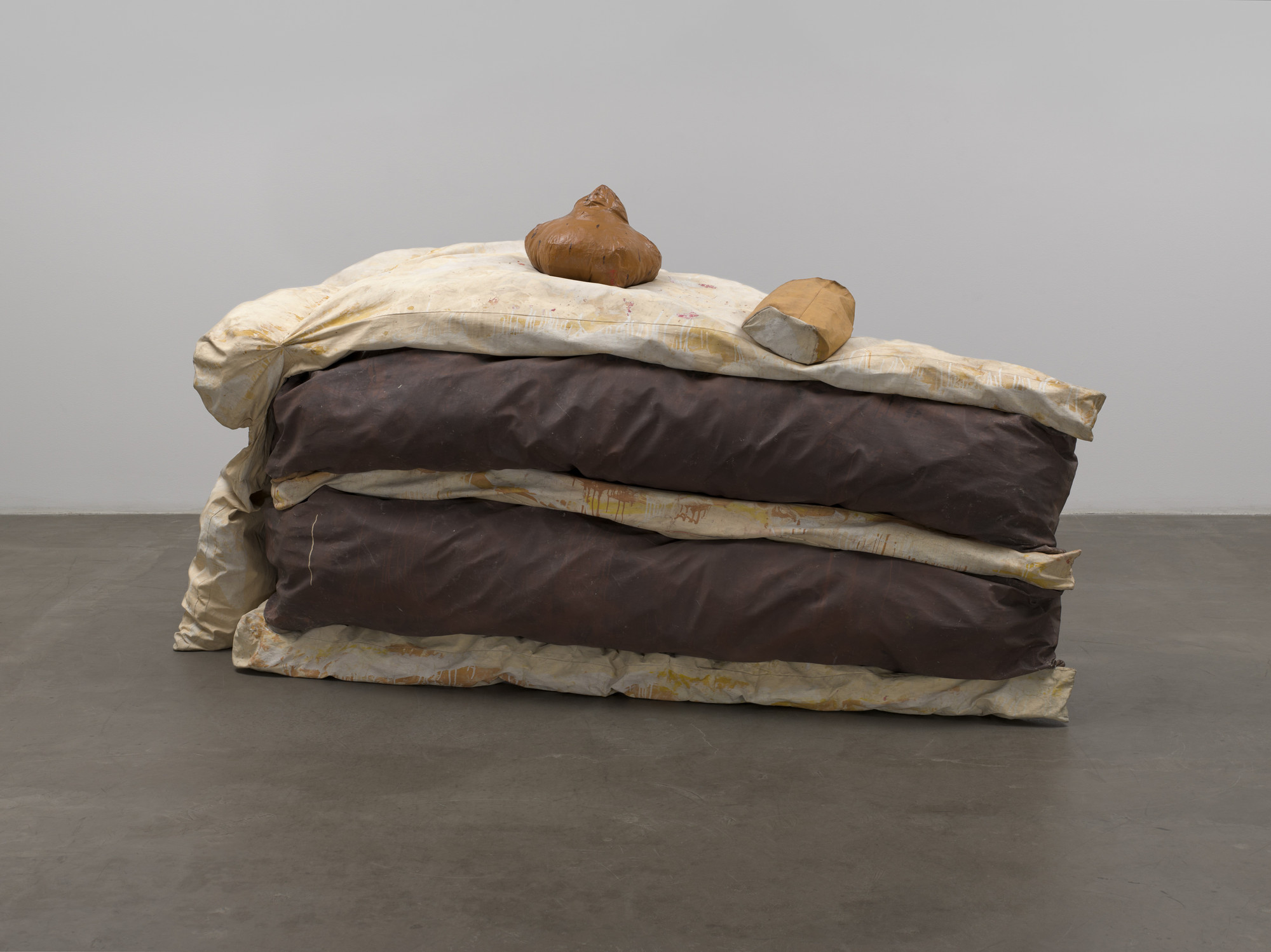1. Describe the portrait of the fur merchant. Why is he “the business man’s hero”? The portrait of the fur merchant is that of a man named Nicholas, his business was fur trade therefore it made sense that he’d be depicted in fur. however each
2. What is the mood of the portrait of the 83 yr old woman? How does Rembrandt create that mood?the 83 year old woman looks tired and sad. Rembrandt creates this by focusing on her facial features suck as her eye brows, her wrinkles, the wateriness of her eyes, oiliness of her nose, etc.
3. What is Rembrandt communicating in his painting of Sampson
& Delilah? makes samson seem more vulnerable by having him clothed and the knot., he communicates treachery, and tenderness.






